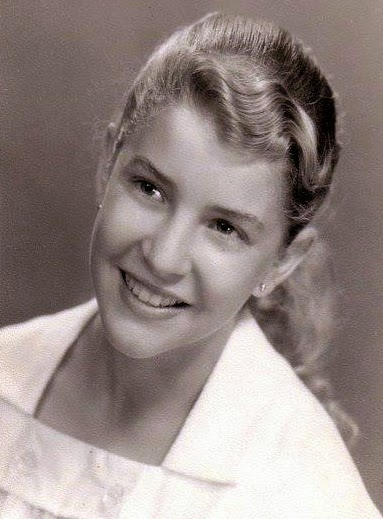SAIDEIRA
SANTANA(BANDA)
SONGWRITERS: SAMUEL ROSA & RODRIGO F. LEÃO
SPANISH TRANSELATION: SAMUEL ROSA
COUNTRY: U. S. A.
ALBUM: CORAZÓN
LABEL: RCA VICTOR
GENRE: ROCK LATINO
YEAR: 2014
Santana is an American rock band formed in San
Francisco in 1966 by Mexican-American guitarist and songwriter Carlos
Santana. The band has undergone multiple recording and performing
line-ups in its history, with Carlos Santana the only consistent member. Santana
had early success with their appearance at Woodstock in 1969 and their first three albums, Santana (1969), Abraxas (1970), and Santana
III (1971). Other important core members
during this period include Gregg
Rolie, Michael
Carabello, Michael
Shrieve, David Brown, and José "Chepito" Areas,
forming the "classic" line-up.
Following its initial success Santana experimented
with elements of jazz fusion on Caravanserai (1972), Welcome (1973), and Borboletta (1974). Santana reached a new peak of commercial and critical
success with Supernatural (1999) and its singles
"Smooth",
featuring singer Rob
Thomas, and "Maria
Maria". The album reached Nº. 1 in eleven
countries and sold 12 million copies in the US. In 2014, the
"classic" line-up reunited for Santana IV (2016) and the group continue to perform and record.
Santana is one of the best-selling groups of all time with
43.5 million certified albums sold the US, and an estimated 100 million sold
worldwide. Its discography include 25 studio albums, 14 of which reached the US top 10. In 1998,
the line-up of Santana, Rolie, Carabello, Shrieve, Brown, and Areas was
inducted into the Rock and Roll Hall of Fame. In
2000, the band won six Grammy Awards in one night, a record tied with Michael Jackson,
and three Latin
Grammy Awards.
Corazón is the twenty-third studio album
(thirty-seventh album overall) by Santana,
released on May 6, 2014.
Produced by Lester Mendez,
the album features collaborations with various singers like Gloria Estefan,
Ziggy Marley and Cindy Blackman.
"La Flaca" featuring Juanes, the
first single from the album, was released in November 2013. The album was
certified double platinum in the Latin by the RIAA for shipping over 120,000 copies in the United States; furthermore,
it has sold over 95,000 copies in the country according to Nielsen SoundScan.
Dame más (x3)
Hay un lugar diferente que se
llama saideira
Los que quieren besos y los
hay que se pelean
Hay un lugar diferente que se
llama saideira
Los hombres se vuelven
salvajes y las chicas más guerreras
Muy bien
CORO
Camarero capitán tío hermano
presidente
Maestro compañero otra ronda
por la gente (x2)
(Dame más X2)
Hay un lugar diferente que se
llama saideira
Hay banderas que se esconden y
banderas que flamean
Hay un lugar diferente que se
llama saideira
Si te tomas otro trago se cura
la borrachera
Muy bien
CORO (x2)
(Camarero capitán tío hermano)
Hay un lugar diferente donde
pasan muchas cosas
Los hombres se vuelven monos y
las chicas diosas
Hay un lugar diferente todo el
mundo sabe donde
Después de dos vasos y medio
toda lengua se comprende
Muy bien
CORO (x2)
Dame más
CORO (x2)
Dame más, dame más…





